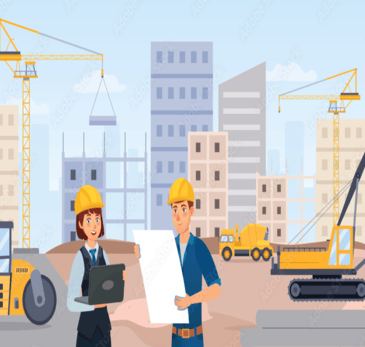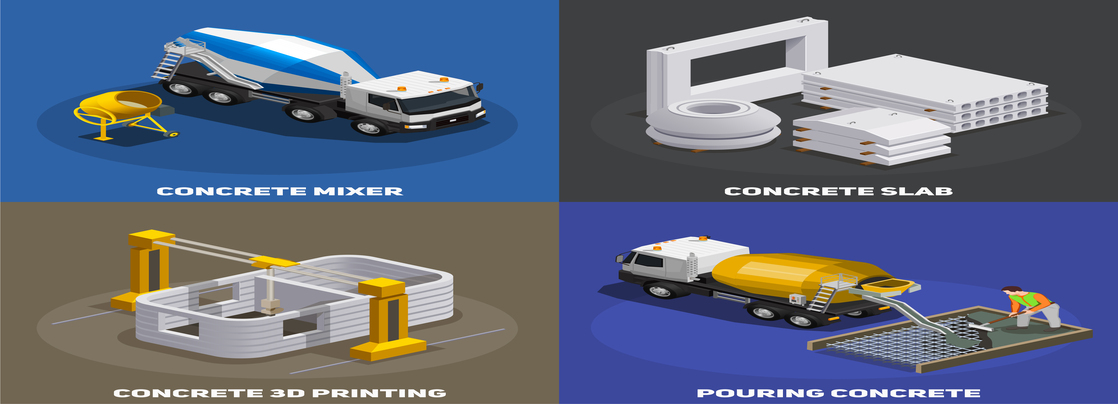
Concrete Technology: Building the Backbone of Modern Infrastructure
Ever looked at a skyscraper and thought, "How does that even stand?"
Or crossed a bridge and wondered what makes it withstand thousands of vehicles a day?
It’s not just steel or glass. It’s concrete.
But not the basic grey mix you're thinking of. We’re talking smart, engineered concrete — designed for strength, sustainability, and performance. It powers everything from high-rises to highways, marine structures to 3D-printed homes.
A Journey Through Time: The Evolution of Concrete
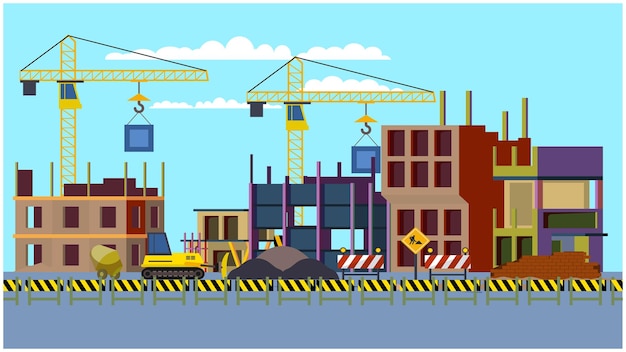 From the
Roman Colosseum to futuristic underwater tunnels — concrete has silently powered human progress for centuries.
From the
Roman Colosseum to futuristic underwater tunnels — concrete has silently powered human progress for centuries.
Today’s concrete is no longer just a mixture of cement and aggregates — we have high-performance concrete, fibre-reinforced concrete, and even self-healing concrete that can repair its own cracks.
Welcome to the cutting-edge world of concrete technology — where civil meets science, and innovation meets impact.
What Is Modern Concrete Technology?
Modern concrete technology involves more than just mix design.
Concrete technology now includes:
- Advanced mix designs
- Sustainable materials
- Smart additives and admixtures
- Non-destructive testing methods
- High-performance concrete tailored for purpose
This means engineers can design concrete to:
- Withstand earthquakes
- Survive saltwater corrosion
- Be pumped to the 100th floor of a tower
- Or even build emergency shelters in hours with 3D printing
Real-World Applications
Smart Cities and Urban Infrastructure
- Self-compacting concrete (SCC): Reduces labour and improves efficiency
- Pervious concrete: Helps manage stormwater and recharge groundwater
High-Rise Buildings
- High-strength concrete: Supports massive loads in tall buildings
- Admixtures: Enables pumping to great heights without losing consistency
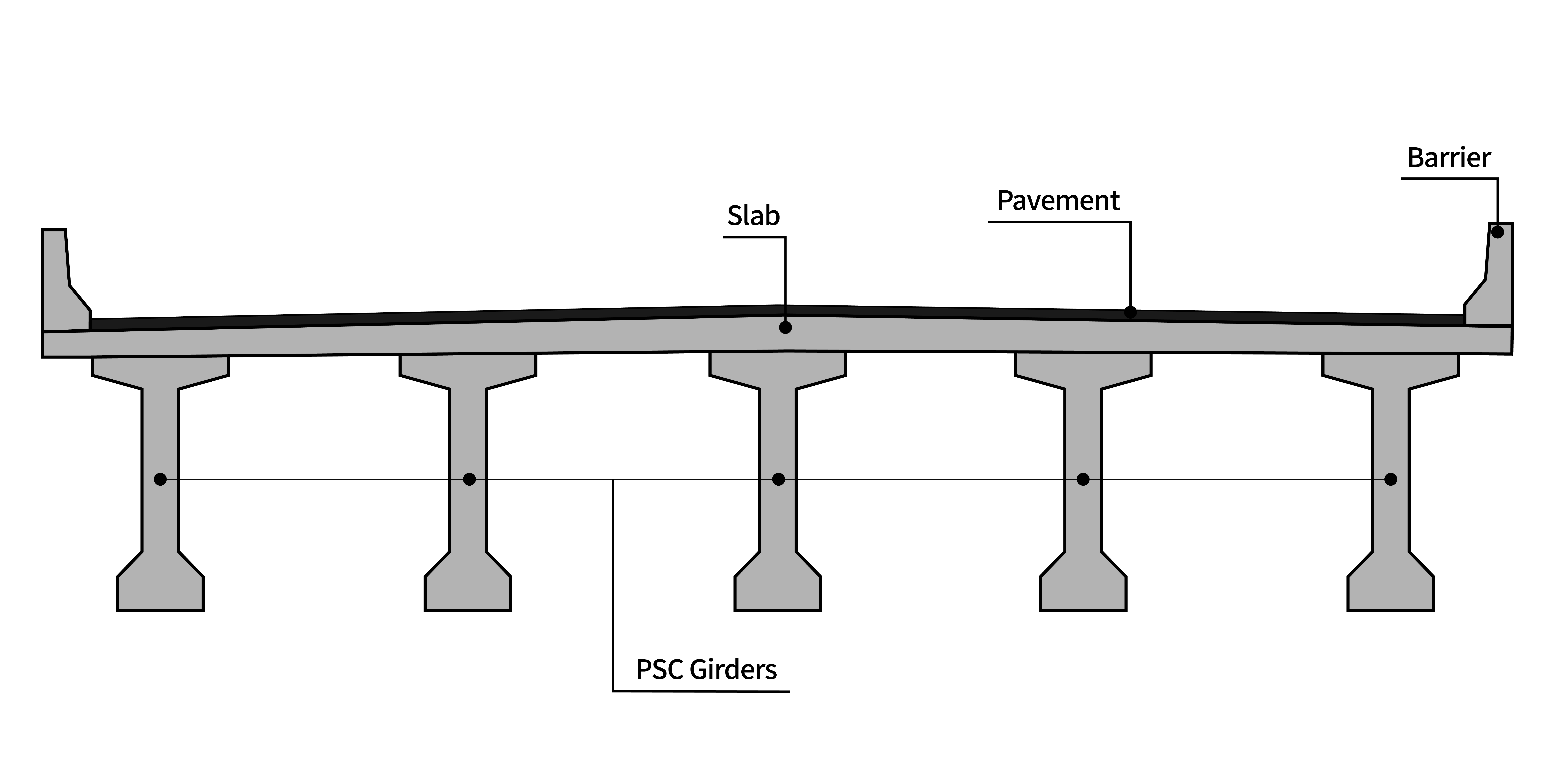 Bridges and Highways
Bridges and Highways
- Pre-stressed concrete: Enables longer spans without extra supports
- Polymer-modified concrete: Resists chlorides and chemicals
Marine and Underwater Construction Pre-stressed Concrete Bridge
- Anti-washout admixtures: Prevent disintegration in underwater conditions
- Sulfate-resistant cement: Protects against chemical attack in saline areas
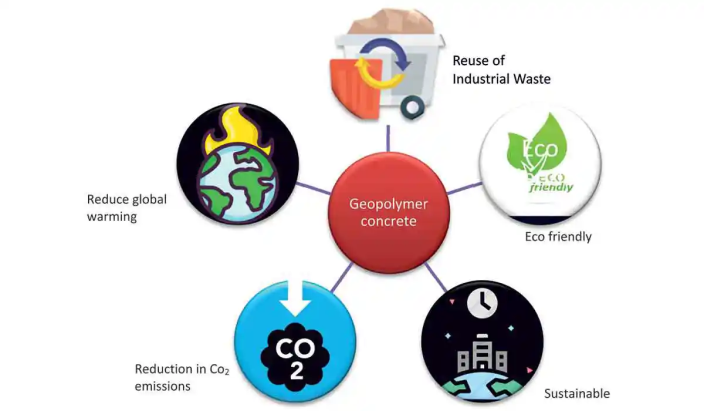 Green and
Sustainable Buildings
Green and
Sustainable Buildings
- Geopolymer concrete, fly ash, and slag-based cement: Reduce carbon emissions
- Lightweight concrete: Minimises material usage and structural load
- Recycled aggregates: Promote resource conservation Geopolymer concrete
Emergency and Rapid Construction
- Ready-mix concrete and 3D printed concrete: Speed up disaster response and military operations
Why Concrete Technology Matters
The durability, strength, and adaptability of concrete are unmatched. But what truly sets modern concrete technology apart is control — over setting time, strength gain, shrinkage, permeability, and resistance to environmental damage.
Quality is now measurable and predictable, thanks to tools like:
- Compaction factor test
- Flow table test
- Non-destructive testing (NDT)
Conclusion
Concrete may seem like a basic building material, but thanks to advancements in concrete technology, it has become the foundation of innovation in construction.
With modern concrete technology, engineers are building stronger, safer, and more sustainable structures — from protecting coastal cities to reaching new heights in urban development.
Mastering concrete technology means exploring the science and innovation behind the world’s most used construction material — and shaping the future of infrastructure.





